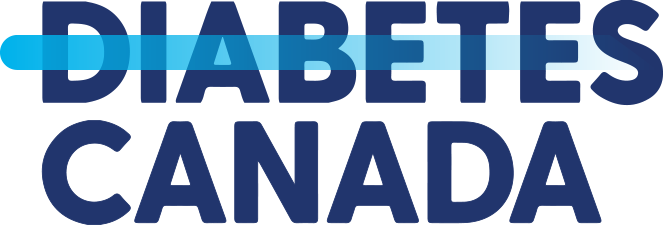Blog
Our menopause practitioners Carolyn Whiskin and Kerry Roberts recently returned from the North American Menopause Society meeting in Philadelphia. Over the next several weeks we will be sharing some of the key learnings from this meeting. Be sure to follow our weekly blog and Facebook page for this information!
Dr. Neil Binkley is part of the Osteoporosis Clinical Research Program at the University of Wisconsin. In his presentation, he was passionate about preventing fractures as the consequences of breaking a weakened bone are significant and greatly affect a person’s ability to live independently. It is now the opinion that anyone who has a fracture over the age of 50 should be investigated for future fracture risk. Many factors contribute to fracture risk; one of the biggest being the risk of falling. Poor balance, instability in walking, neoropathy and impaired vision all increase falls. Maintaining strong muscles is also vital to stability and preventing falls. Ingesting sufficient protein in your diet is key to keeping your muscles strong. Not enough importance is placed on muscle strength and preventing fracture. The greatest risk of breaking a bone is having low bone density and low muscle mass. It is a myth that excess fat acts as a cushion and prevents fracture. In fact, obesity increases the risk of fracture especially ankle and upper leg fractures. Beyond our current treatments for osteoporosis which strengthen bone, new therapies are being investigated to improve muscle mass.
Carolyn Whiskin
BScPhm







